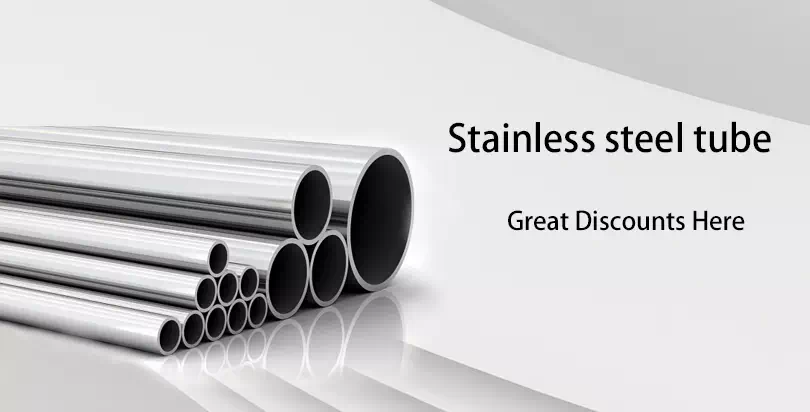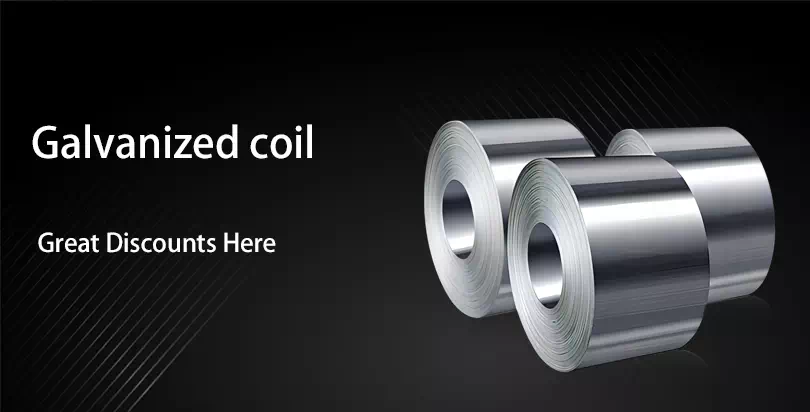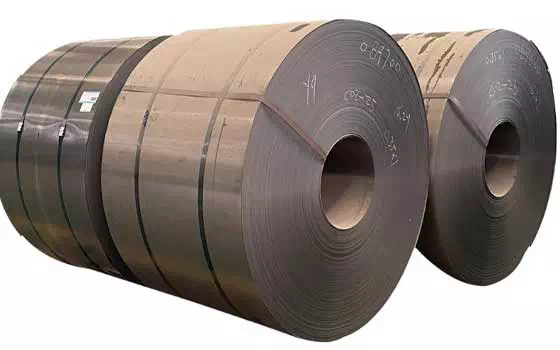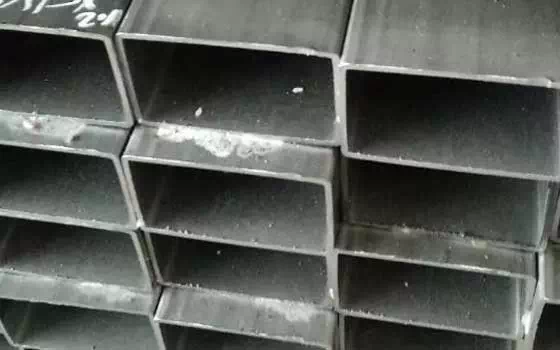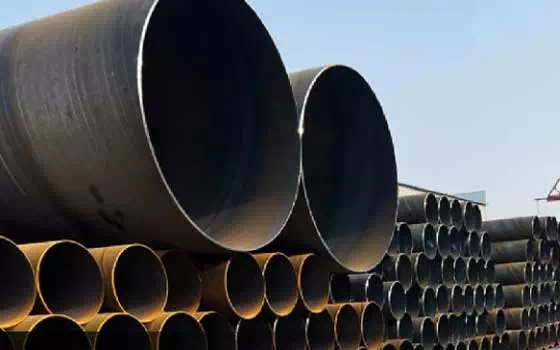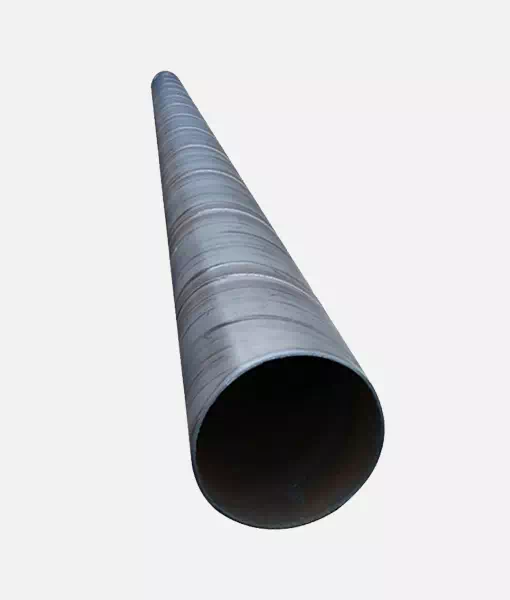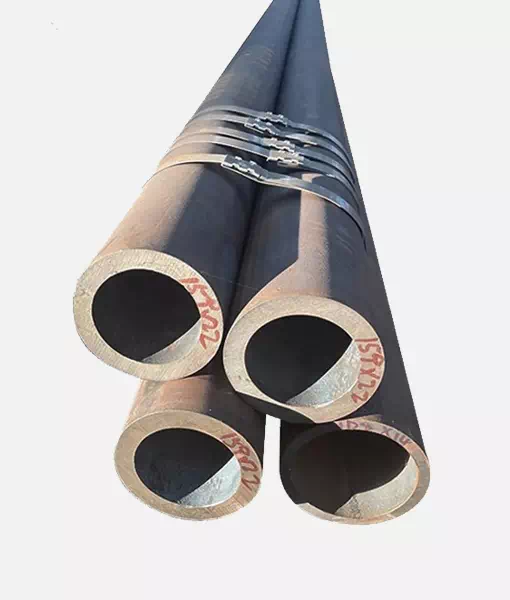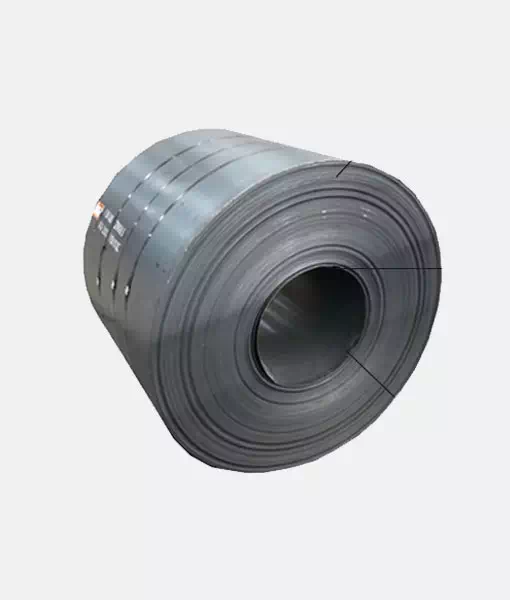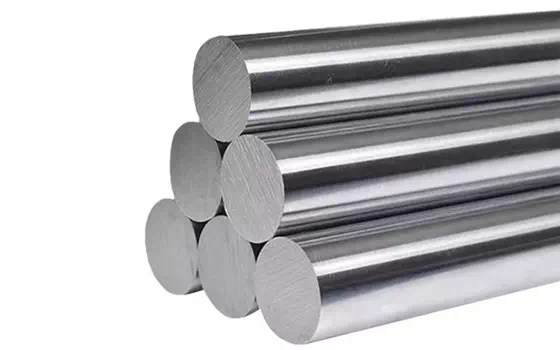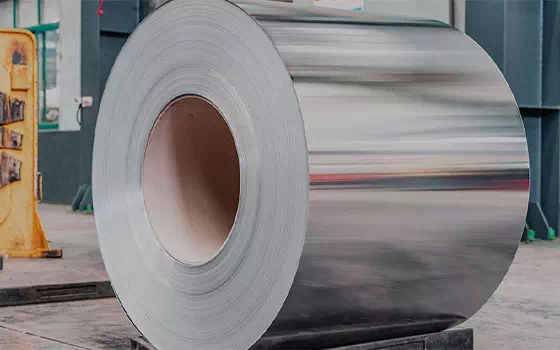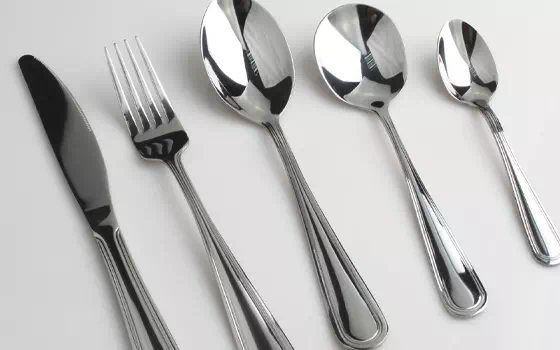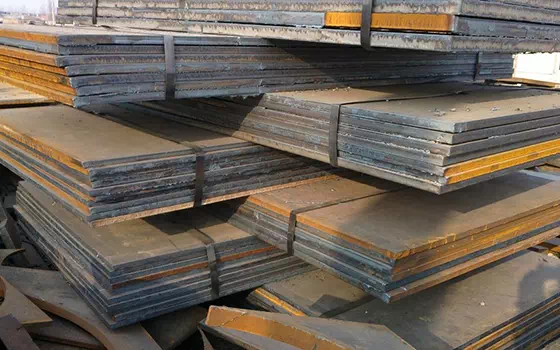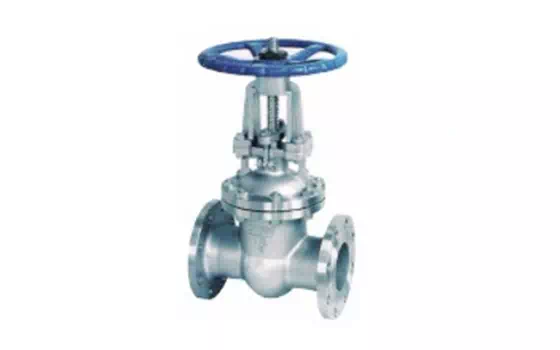After finishing lines such as cutting the head, cutting the tail, cutting the edge and straightening and leveling for multiple passes, the straight hair coil is then cut or rerolled to become: hot rolled steel plate, flat hot rolled steel coil, longitudinal cutting strip and other products. Hot rolled finishing coil is formed after pickling and oil coating.
Basic concepts:
Hot rolling raw material continuous casting slab or blooming slab is used as raw material, heated by stepping furnace, dephosphorized by high pressure water into roughing mill, roughing mill through cutting head, tail, and then into finishing mill, implementing computer-controlled rolling, after the final rolling, laminar cooling (computer-controlled cooling rate) and winding machine to become straight coil. The head and tail of the straight hair curl are often tongue and fishtail, the thickness and width accuracy are poor, and the edge often has defects such as wave shape, fold edge and tower shape. The coil weight is heavy, and the inner diameter of the steel coil is 760mm. (The general pipe industry likes to use.) After finishing lines such as cutting the head, cutting the tail, cutting the edge and straightening and leveling for multiple passes, the straight hair coil is then cut or rerolled to become: hot rolled steel plate, flat hot rolled steel coil, longitudinal cutting strip and other products. Hot rolled finishing coil is formed after pickling and oil coating.
Advantages of hot rolling:
It can destroy the casting structure of the ingot, refine the grain of the steel, and eliminate the defects of the microstructure, so that the steel structure is dense and the mechanical properties are improved. This improvement is mainly reflected in the rolling direction, so that the steel is no longer isotropic to a certain extent; Bubbles, cracks and looseness formed during pouring can also be welded under high temperature and pressure.
Cons:
1. After hot rolling, the non-metallic inclusions (mainly sulfides and oxides, as well as silicates) inside the steel are pressed into sheets, and the phenomenon of lamination (sandwich) appears. Delamination greatly worsens the tensile properties of steel along the thickness direction, and may cause interlayer tearing when the weld is contracted. The local strain induced by weld contraction often reaches several times of the yield point strain, which is much larger than that caused by load.
2. Residual stress caused by uneven cooling. Residual stress is the internal self-equilibrium stress in the absence of external force. Hot-rolled steel of various sections has such residual stress. The larger the section size of general steel, the greater the residual stress. Although the residual stress is self-equilibrium, it still has a certain effect on the performance of steel members under external forces. Such as deformation, stability, anti-fatigue and other aspects may have adverse effects.
Cold rolling with hot rolled steel coil as raw material, after pickling to remove the oxide, cold continuous rolling, the finished product is rolled hard coil, because of the cold hardening caused by continuous cold deformation, the strength and hardness of the rolled hard coil increase, the toughness and plastic index decline, stamping performance deteriorates, can only be used for simple deformation parts. Rolled hard coil can be used as raw material in hot dip galvanizing plant, because hot dip galvanizing units are equipped with annealing lines. The roll weight is generally 6~13.5 tons, and the inner diameter of the steel coil is 610mm. Generally, the cold continuous rolling plate and coil should be deannealed by continuous annealing (CAPL unit) or cover furnace to eliminate the cold hardening and rolling stress, and achieve the mechanical properties specified in the standard. The surface quality, appearance and dimensional accuracy of cold-rolled steel plate are superior to those of hot-rolled plate.
The advantages of cold rolling: fast forming speed, high yield, and no damage to the coating, can be made into a variety of cross section forms to meet the needs of the conditions of use; Cold rolling can produce great plastic deformation of steel, thus increasing the yield point of steel.
Cons:
1. Although there is no hot plastic compression in the molding process, there is still residual stress in the section, which will inevitably affect the overall and local buckling characteristics of the steel;
2. The cold-rolled steel style is generally an open section, which makes the free torsional stiffness of the section low. It is easy to appear torsion when bending, and easy to appear bending and torsional buckling when pressurized, and the torsional resistance is poor;
3. The wall thickness of cold-rolled steel is small, and it is not thickened at the corner of the connection of the plate parts, and the ability to withstand local concentrated load is weak
The main differences are:
1. Local buckling cold rolling is better than hot rolling. The cold-rolled steel allows local buckling of the section, which can make full use of the bearing capacity of the bar after buckling. Hot rolled steel does not allow local buckling of the section.
2, the type of local residual stress is different. The causes of residual stress in hot-rolled steel and cold-rolled steel are different, so the distribution of residual stress on section is also very different. The residual stress distribution on the section of cold-formed thin-wall steel is curved, while the residual stress distribution on the section of hot-tied or welded steel is thin film.
3, anti-torsion hot rolling is better than cold rolling. The free torsional rigidity of hot-rolled steel is higher than that of cold-rolled steel, so the torsional resistance of hot-rolled steel is better than that of cold-rolled steel. 4. In appearance, hot-rolled black, indentation, irregular surface and uneven edge; Cold rolling is the opposite. From the appearance, the surface of cold-rolled steel is smooth, without indentation and oxidation, the color is usually silver-white, the texture is fine and the edge is neat. The surface of hot-rolled steel is rough, there is an oxide skin, the color is darker, such as brown or black brown, and sometimes there is a pattern. The edges may not be as neat as cold rolled steel, and the shape may not be as regular. During the rolling process, the surface of hot-rolled steel is subjected to extremely high pressure and temperature, so indentation with poor toughness may occur.


